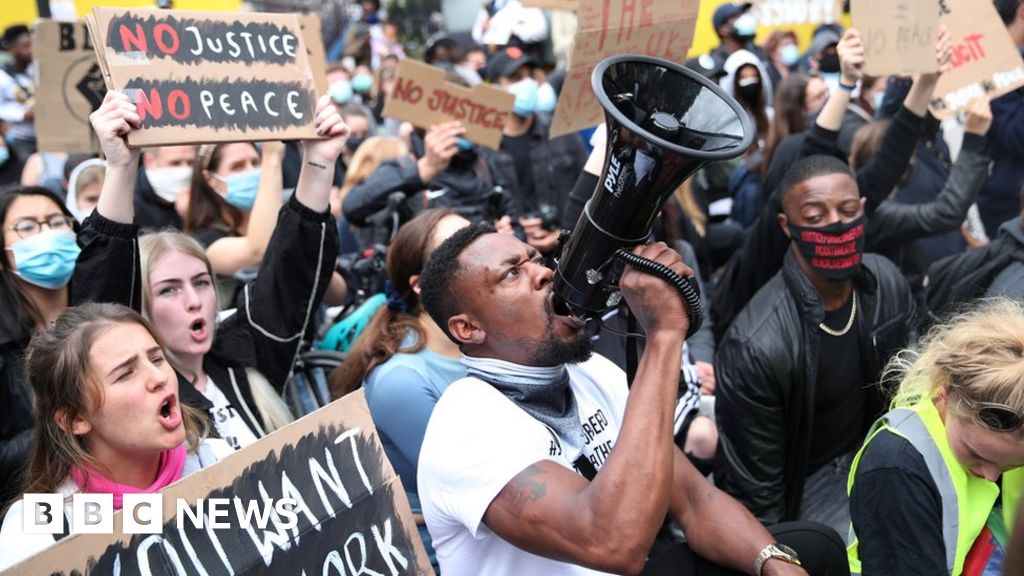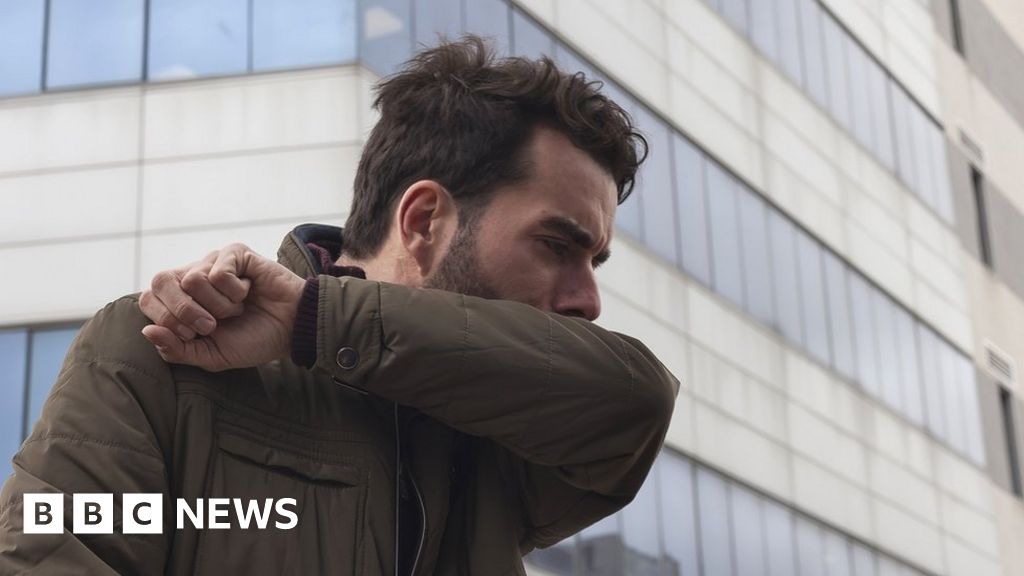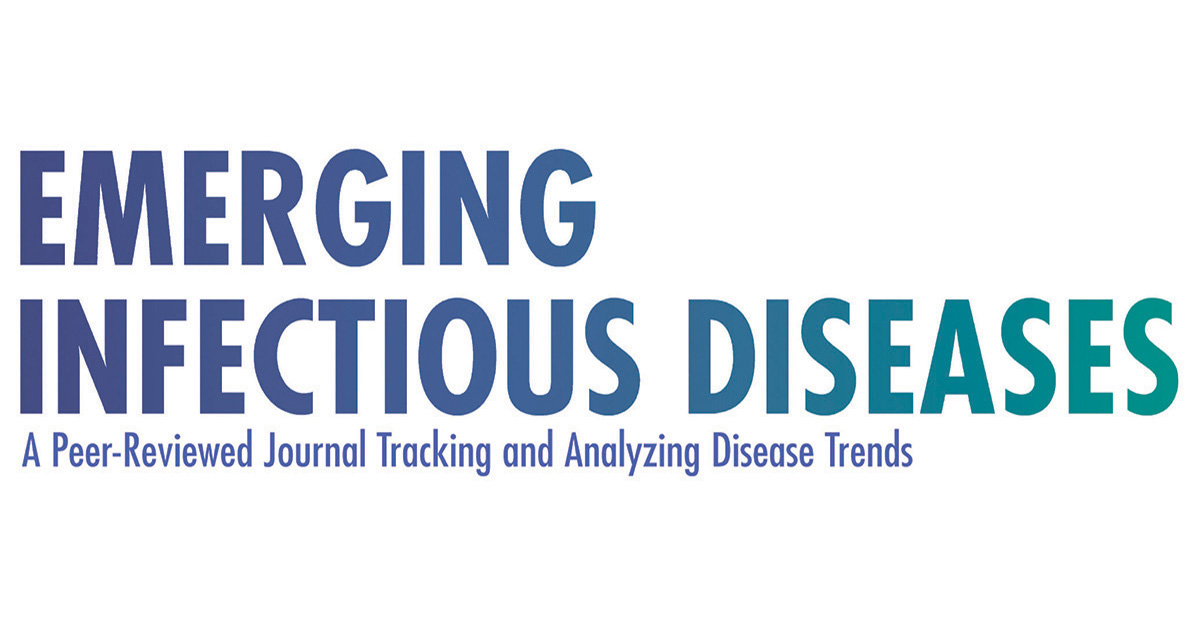- Joined
- Jun 24, 2008
- Messages
- 45,520
- Location
- London
- Car
- 2022 Hyundai IONIQ 5 RWD / 2016 Suzuki Vitara AWD
Eye, this is not America, you know? For good or bad.New York state Governor Andrew Cuomo has urged New Yorkers taking part in protests against the killing of George Floyd to get tested for the coronavirus.
"Please go get a test. It's free, it's available," Cuomo said.
As New York city began reopening 100 days after the lockdown, Cuomo warned residents to "stay smart" to avoid the resurgence of coronavirus cases being seen in other US states.
"New Yorkers did what many experts told me wasn't possible in 100 days," Cuomo said. "I don't think I've had a good night's sleep in 100 days knowing some of things they told me. New Yorkers bent the curve by being smart. We're celebrating, we're reopening, we're excited. Our mojo's back, our energy's back, stay smart."
Home Secretary Pritti Patel stated on Monday that there had been 137,500 protestors in the UK at various locations against the death of George Floyd.
So far there have been no calls for them to be tested.

George Floyd: Boris Johnson urges peaceful struggle against racism
The prime minister says the death of George Floyd awakened an anger and an "undeniable feeling of injustice".www.bbc.co.uk



